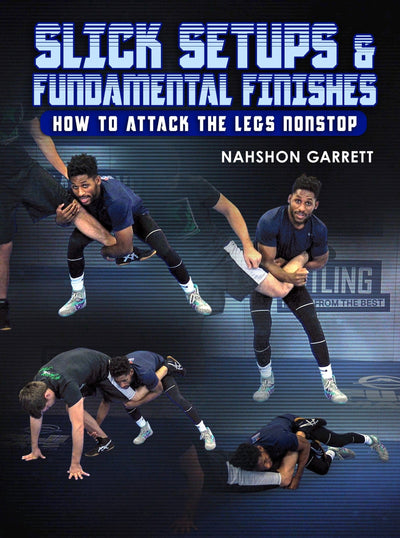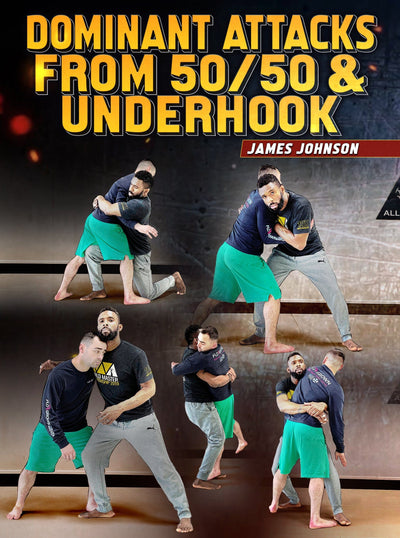Key Details Of The Duck Under by John Smith

John Smith really needs no introduction. At the moment, the best American freestyle wrestler to ever live, he has innovated and contributed decades of technique and excellence to the sport. He did this with three takedowns: the low single, the high crotch, and the duck under. In the following clip from his instructional, Championship Wrestling Fundamentals, Coach Smith goes over some key details of the duck under from elbow control. Check out the clip here:
1: Force Him To Be Uncomfortable
Coach Smith begins by explaining how he rarely took elbow control on the left side, and only on occasion would take both elbows. The reason for this being he would rather take elbow control on the right, and use his left hand to push and move his opponent. Make him feel compelled to work inside on the other side, and open up on the elbow control side. So the first key while having elbow control is to force your opponent out of comfort in the hand fight. Done properly, as Smith demonstrates, the opponent is actually unable to secure proper inside control when this is done correctly. As they fight in, you hit the duck and disappear on them
2: The Grip
As you hit the duck under, it’s important to be able to pull your opponent over you and to you as you level change. This is going to have to be on the jamming side, as you duck on the elbow control side. As Smith set up the duck under, the hand that was jamming the opponent’s arm on the opposite side was originally with the thumb on the other side of the opponent’s bicep. As Smith transitions from the post to the duck, he swaps the thumb to the outside, and wraps all five fingers over and around his opponent’s upper arm in what he calls a “monkey grip”. This allows him to pull the opponent over him as he penetrates. The hand goes straight down, trying to pull him into the mat.
3: The Footwork
As you flare the elbow out and pull your opponent over you, the actual step as you level change can be tricky. Smith emphasizes: you have to move both feet. At the same time, your lead leg will step outside, and your inside leg hits a knee as you penetrate and duck (note: the lead leg in this case has to be the elbow control side). Combined with the force of the tie and footwork, you should be able to get his weight over your shoulder as you pivot for an easy two.
4: The Elbow Control
The John Smith bread and butter setup. He perfected it, and it shows in the athletes who have worked under him. For the duck under, and elbow control in general, Smith places great emphasis on placing your head on the opposite side of the elbow control. This is what will set up the angle properly in the leg attack or duck under. As you secure elbow control, you pressure into the opponent, and the second the opponent pressures back in is when you hit the duck. The far arm is pulled down and across the body of your opponent as you finish.
5: The Level Change
It’s no surprise the man who created the low single has great level changes. But to hit this duck under properly, he places a lot of weight on the level change as well. As he shows without a partner, you essentially want to be sitting back on your heel as you pull your opponent over you and to the mat. Then, if your opponent stands up mid duck, you can simply transfer your grip to the legs and finish with a double leg. The “sweet spot” to lock your hands is around the mid hamstring.

Done well enough, as shown in the video, you can take your opponent straight to his back with this, and with ease to boot. Pick up the rest of the instructional, and sharpen the elbow control tricks and leg attacks as well, taught by one of the best, if not the best to ever step on a mat.









